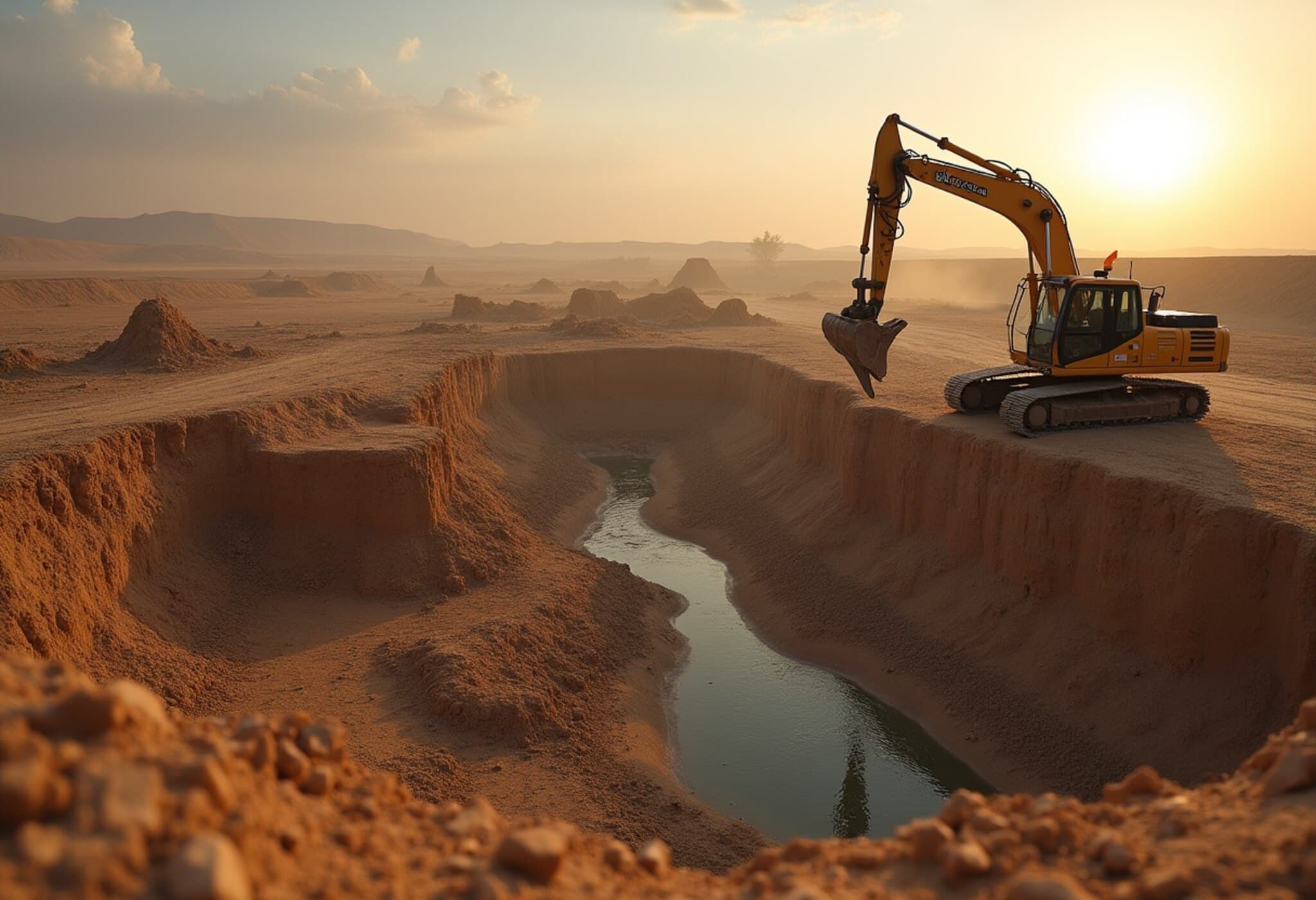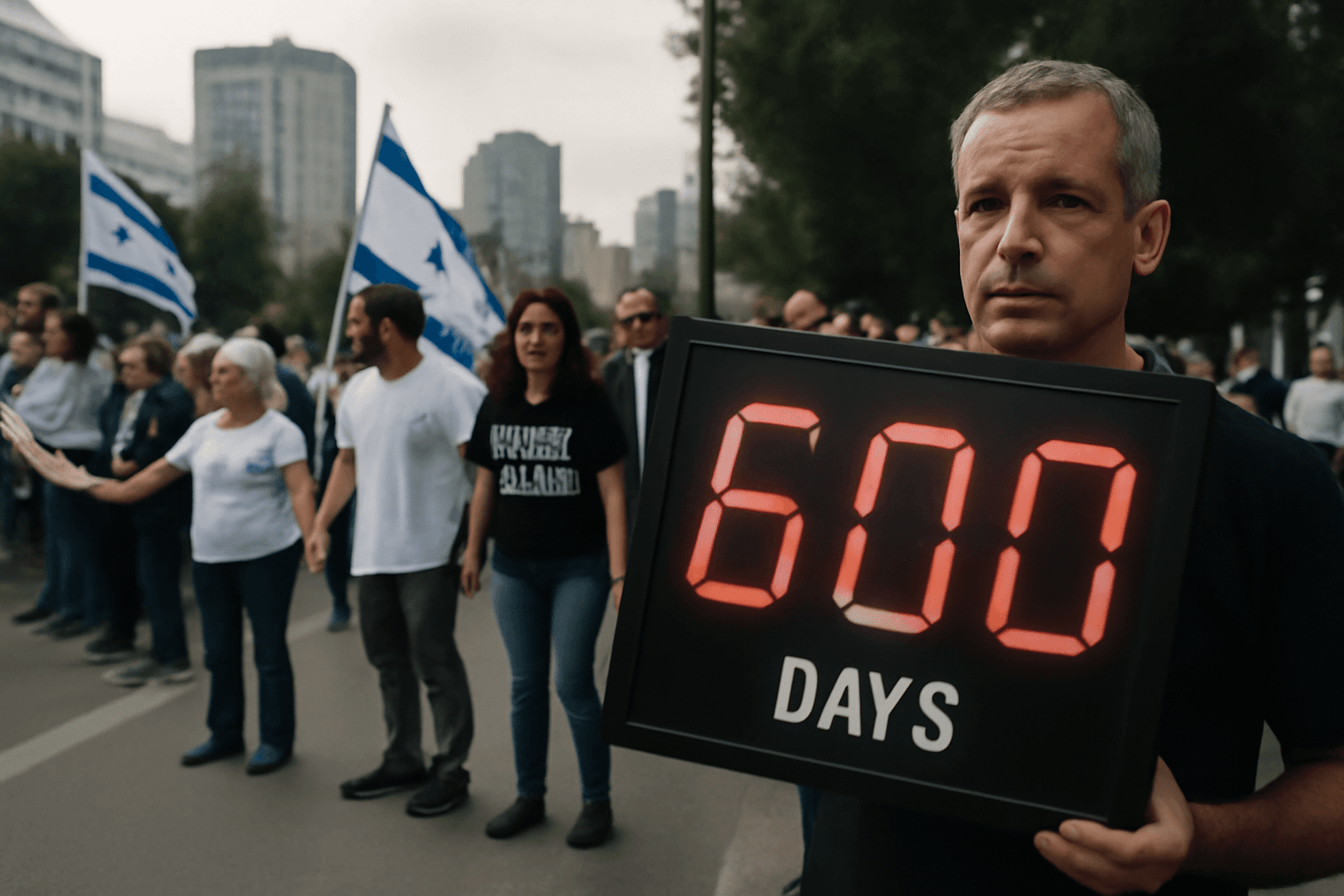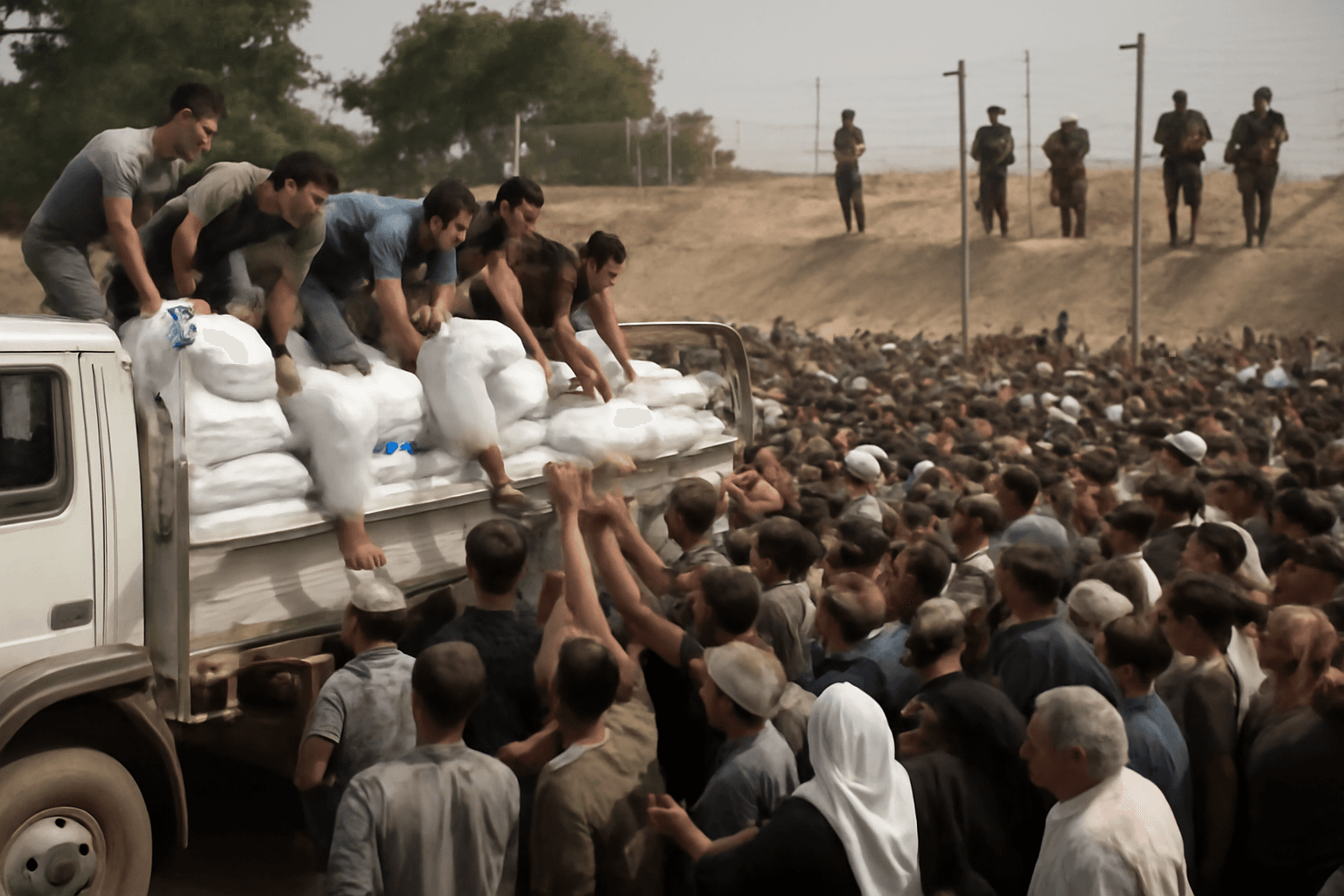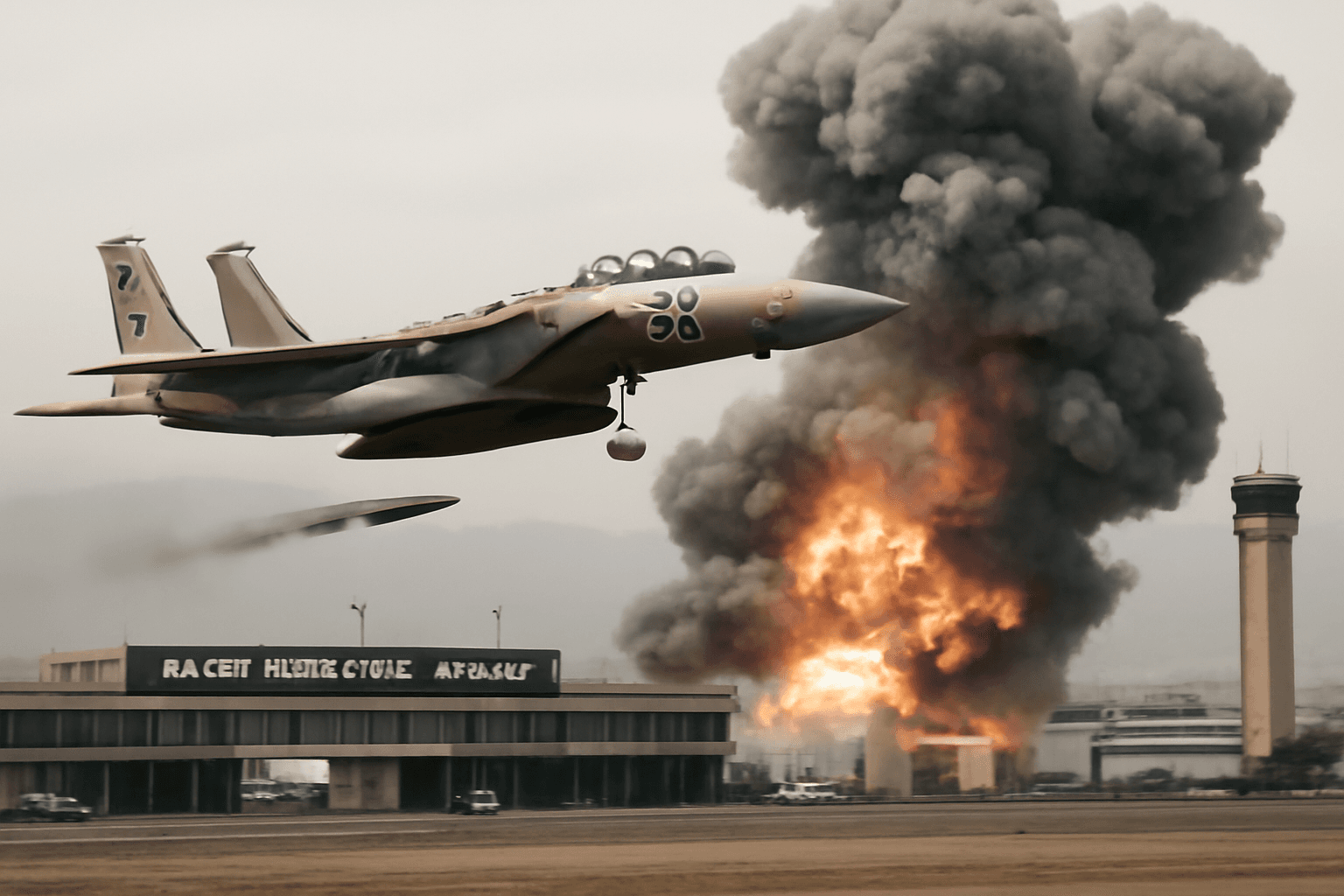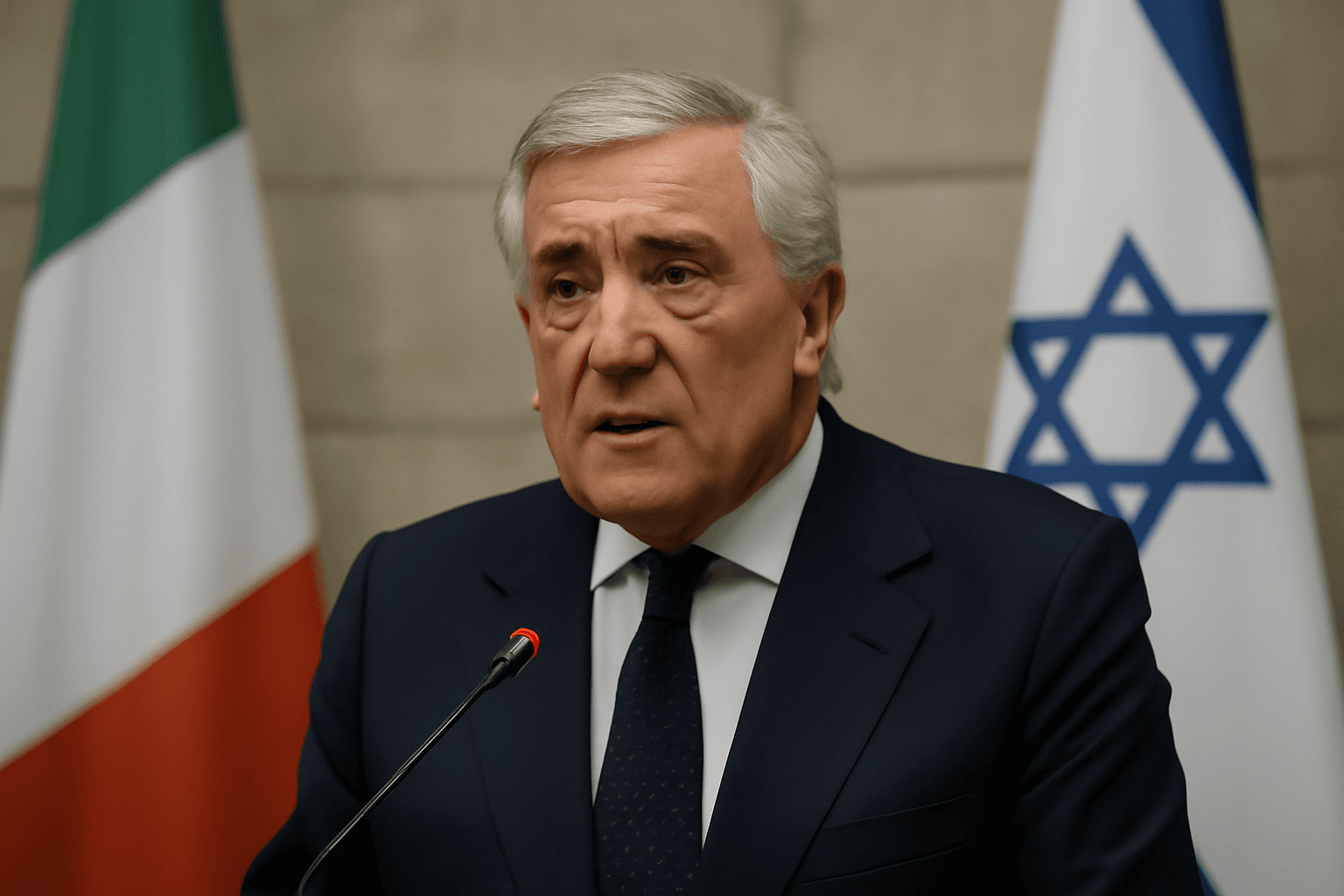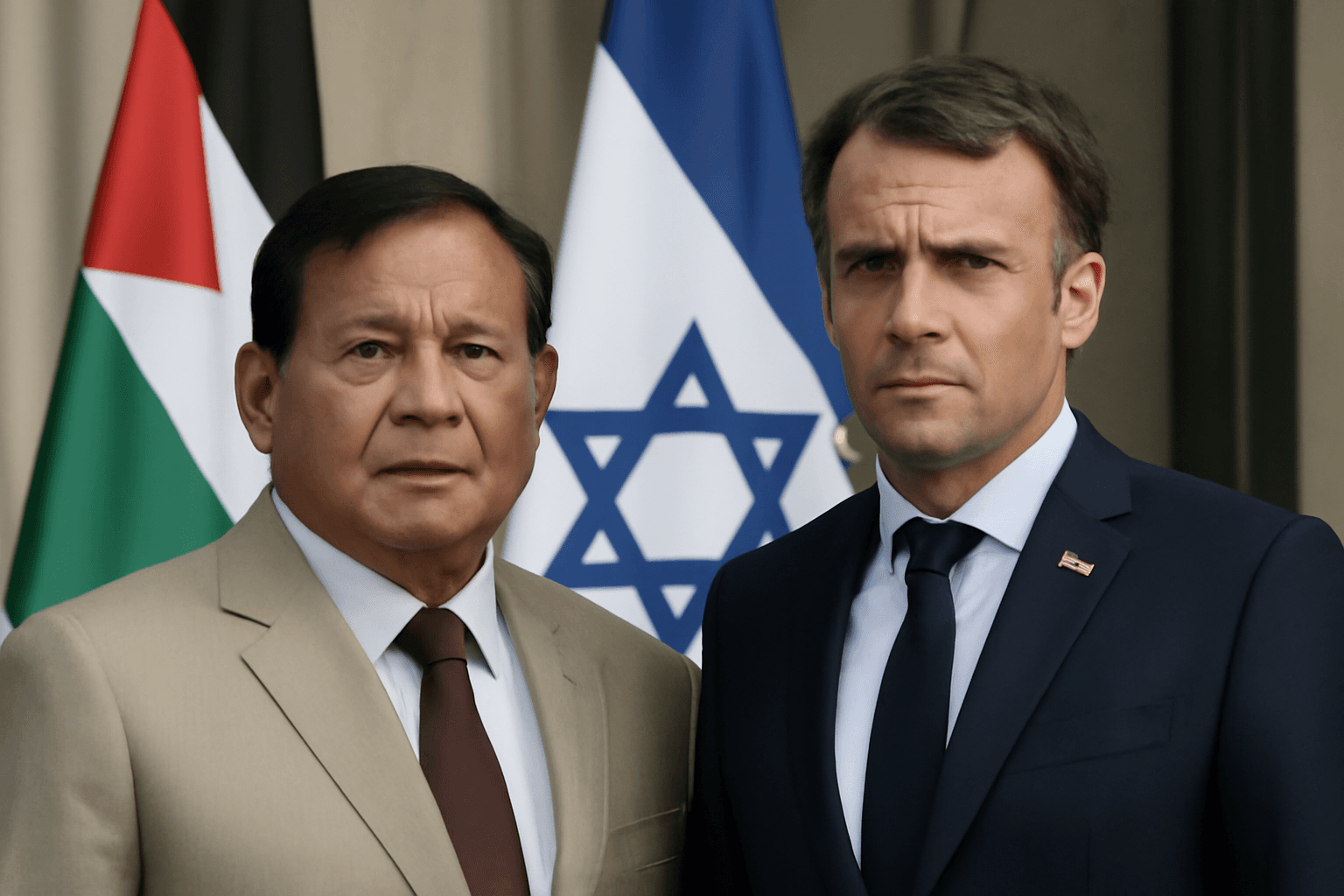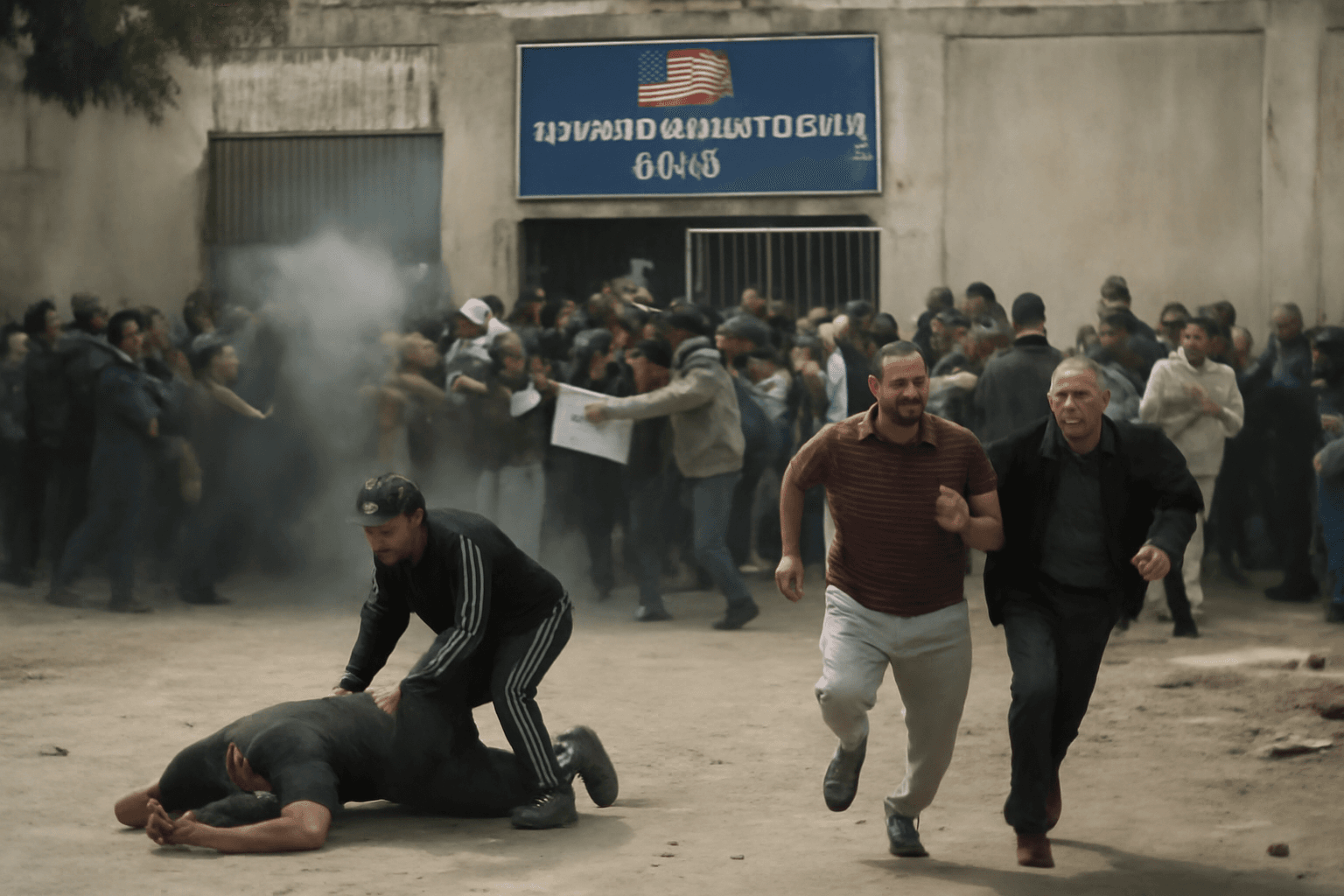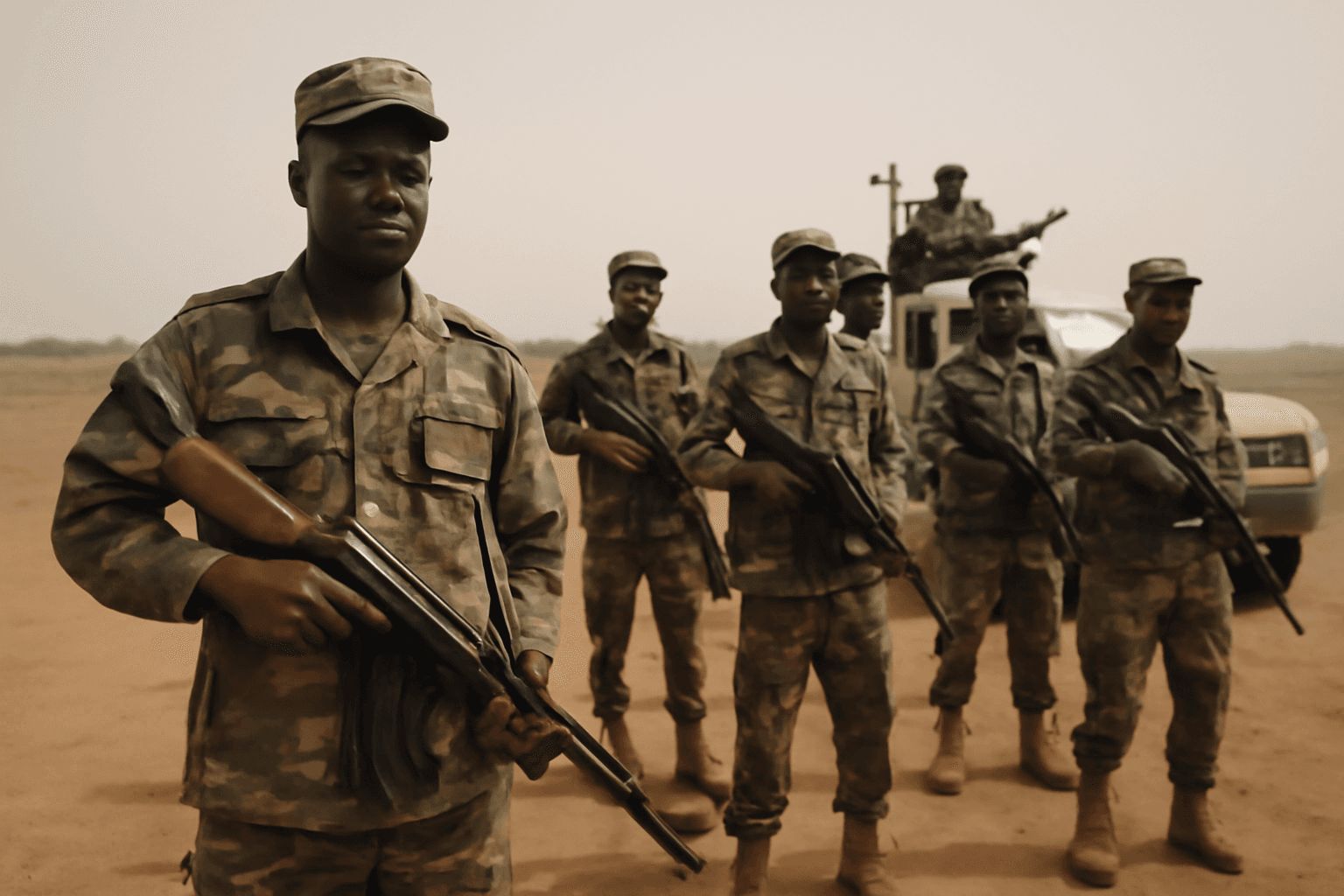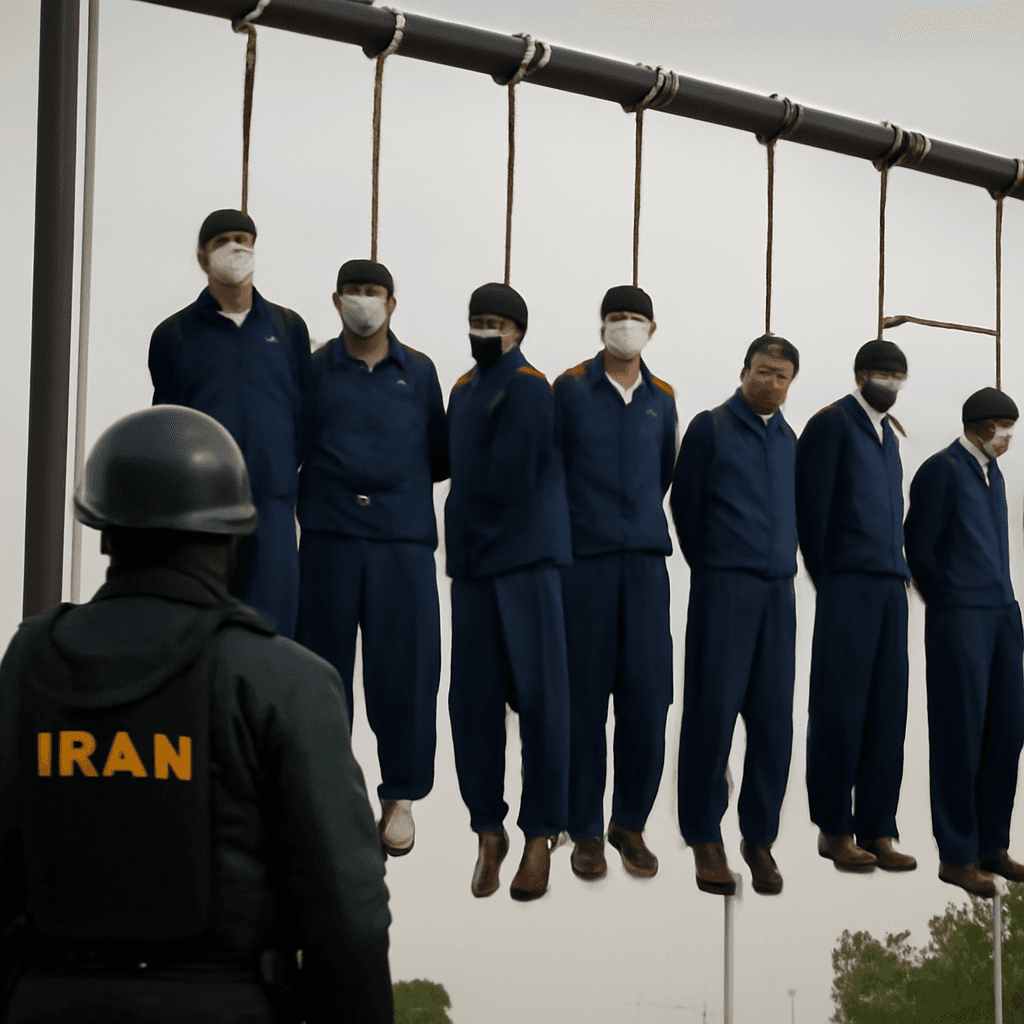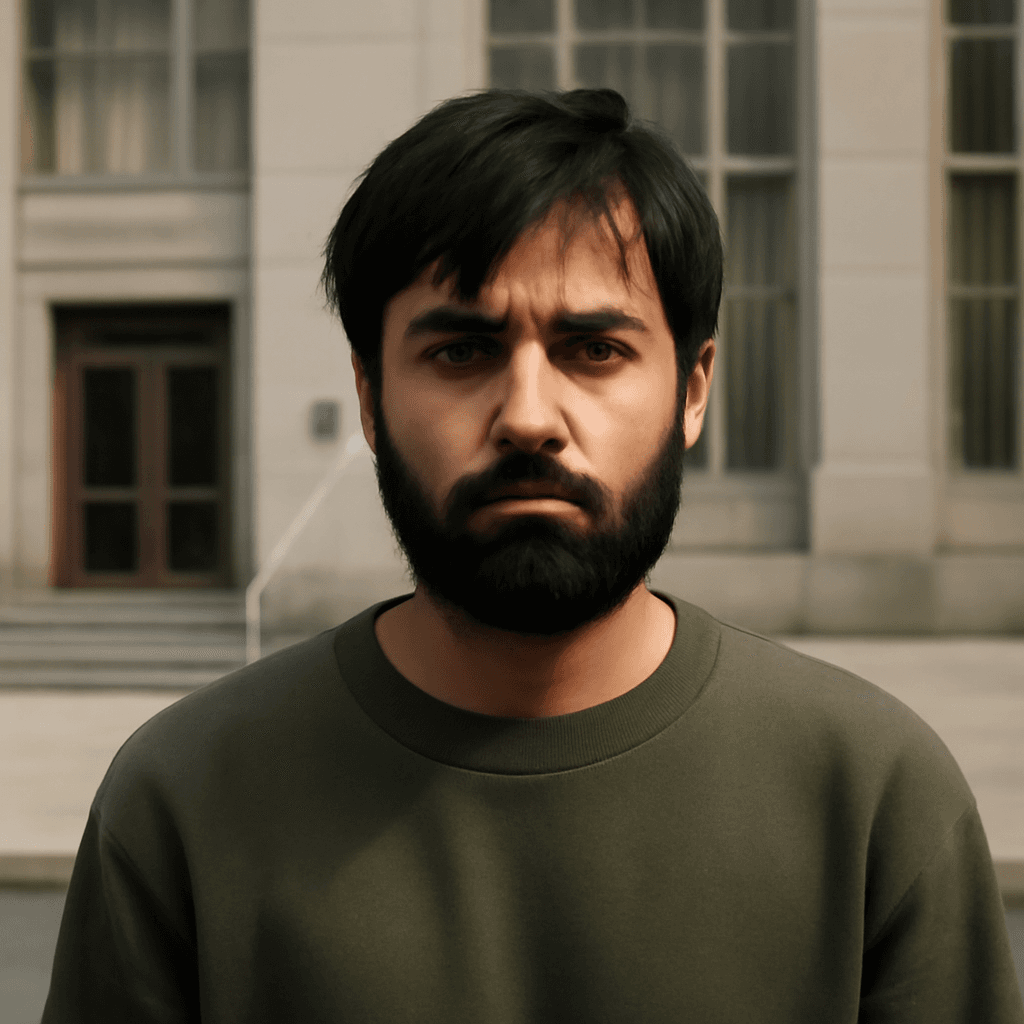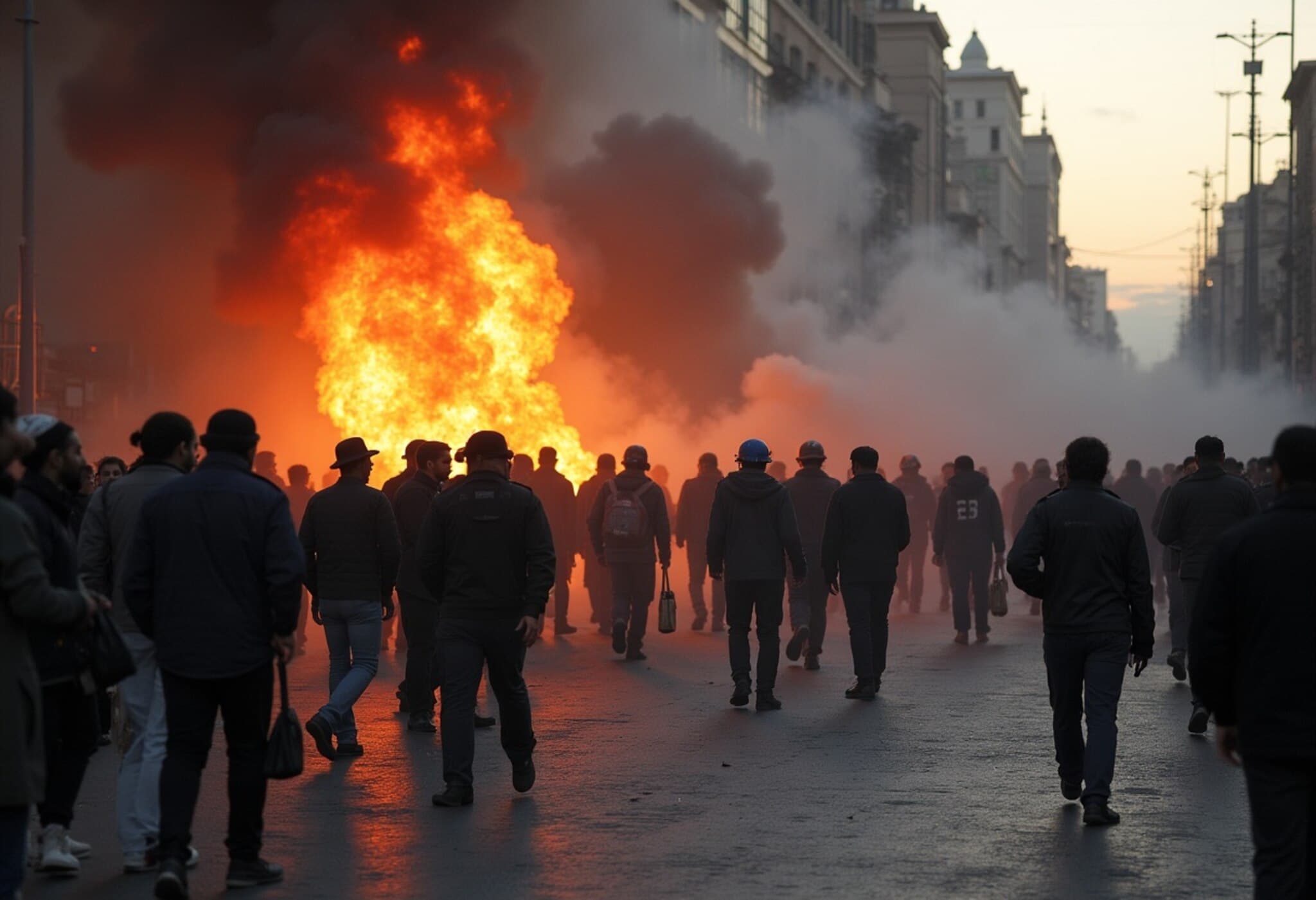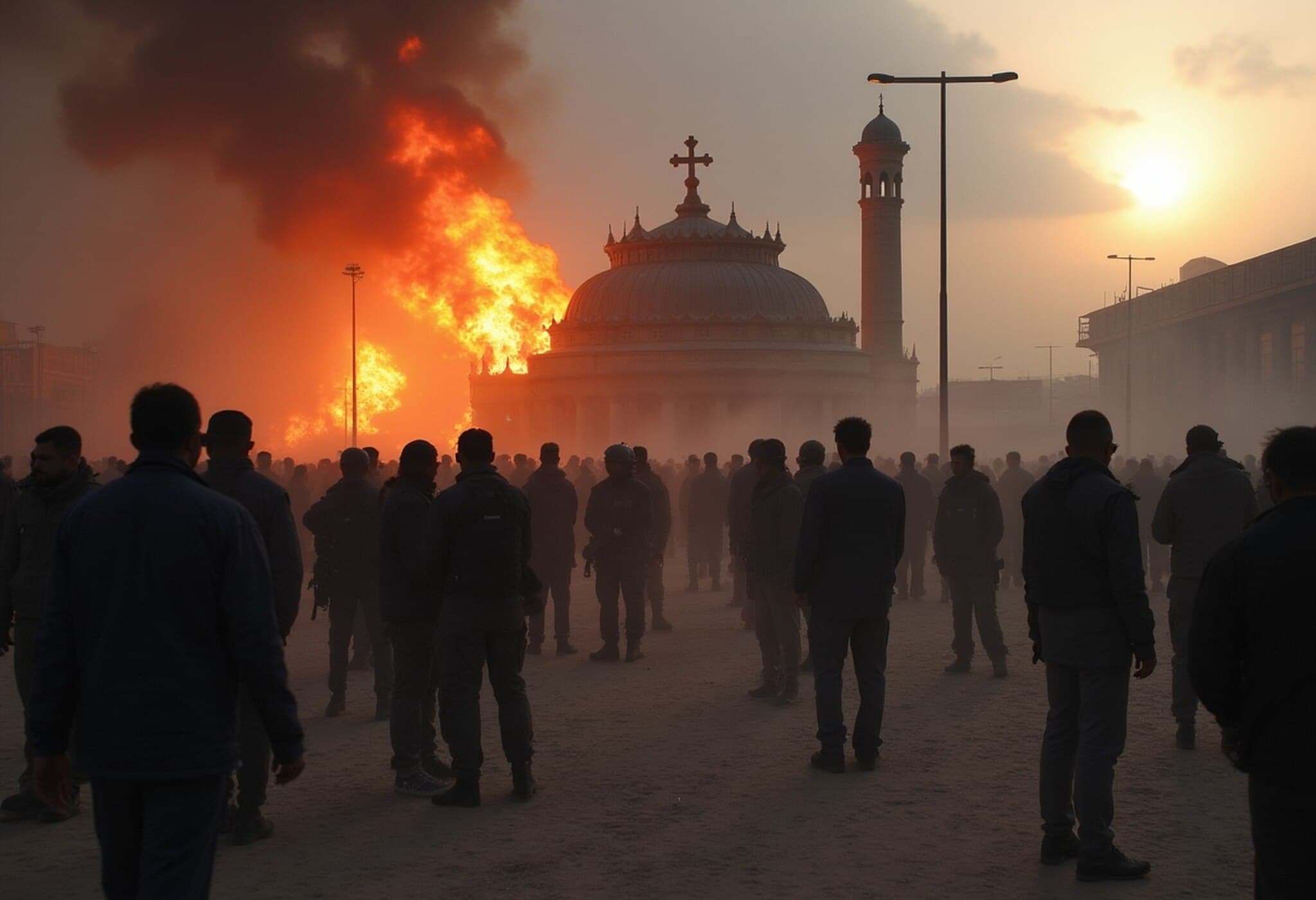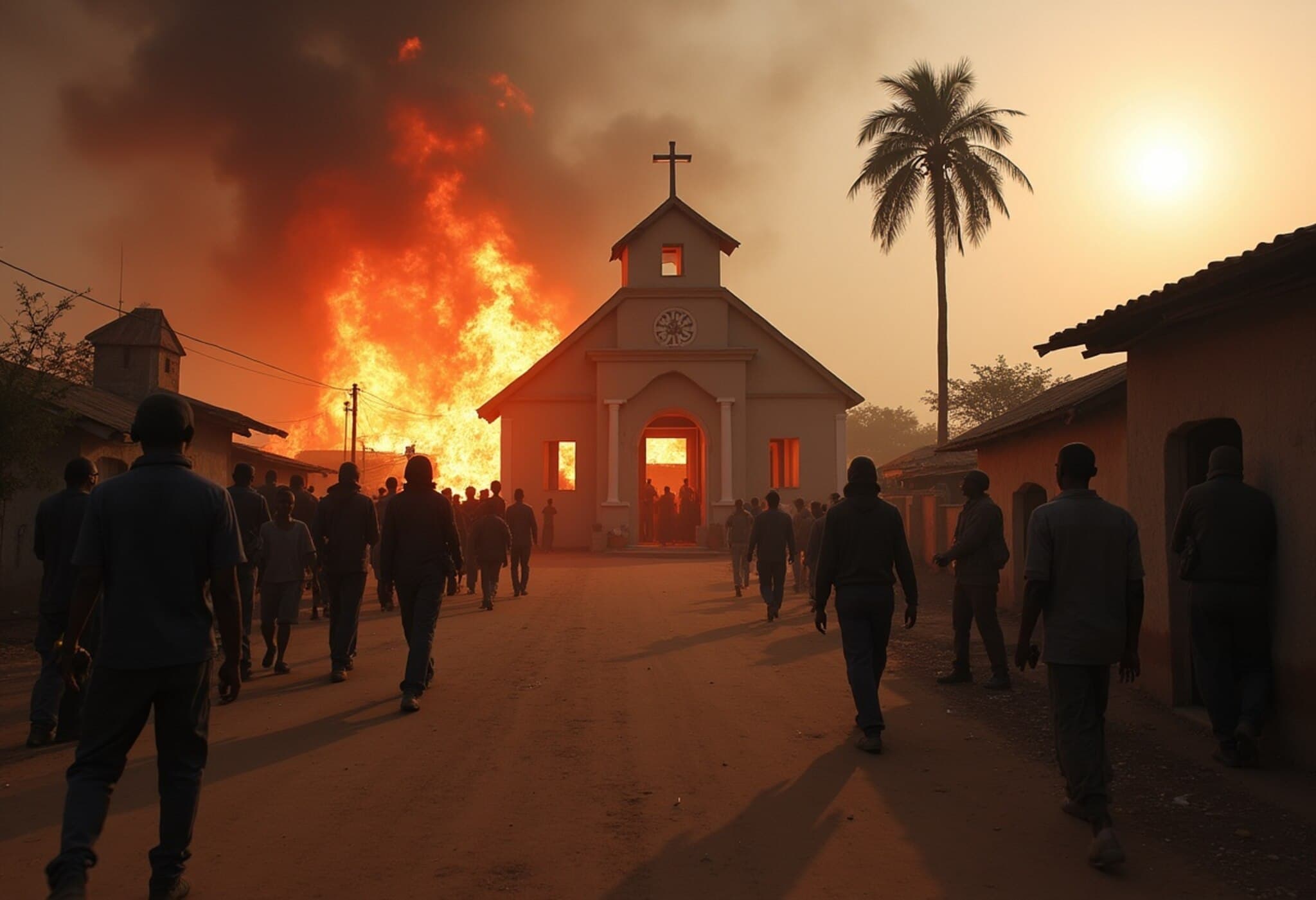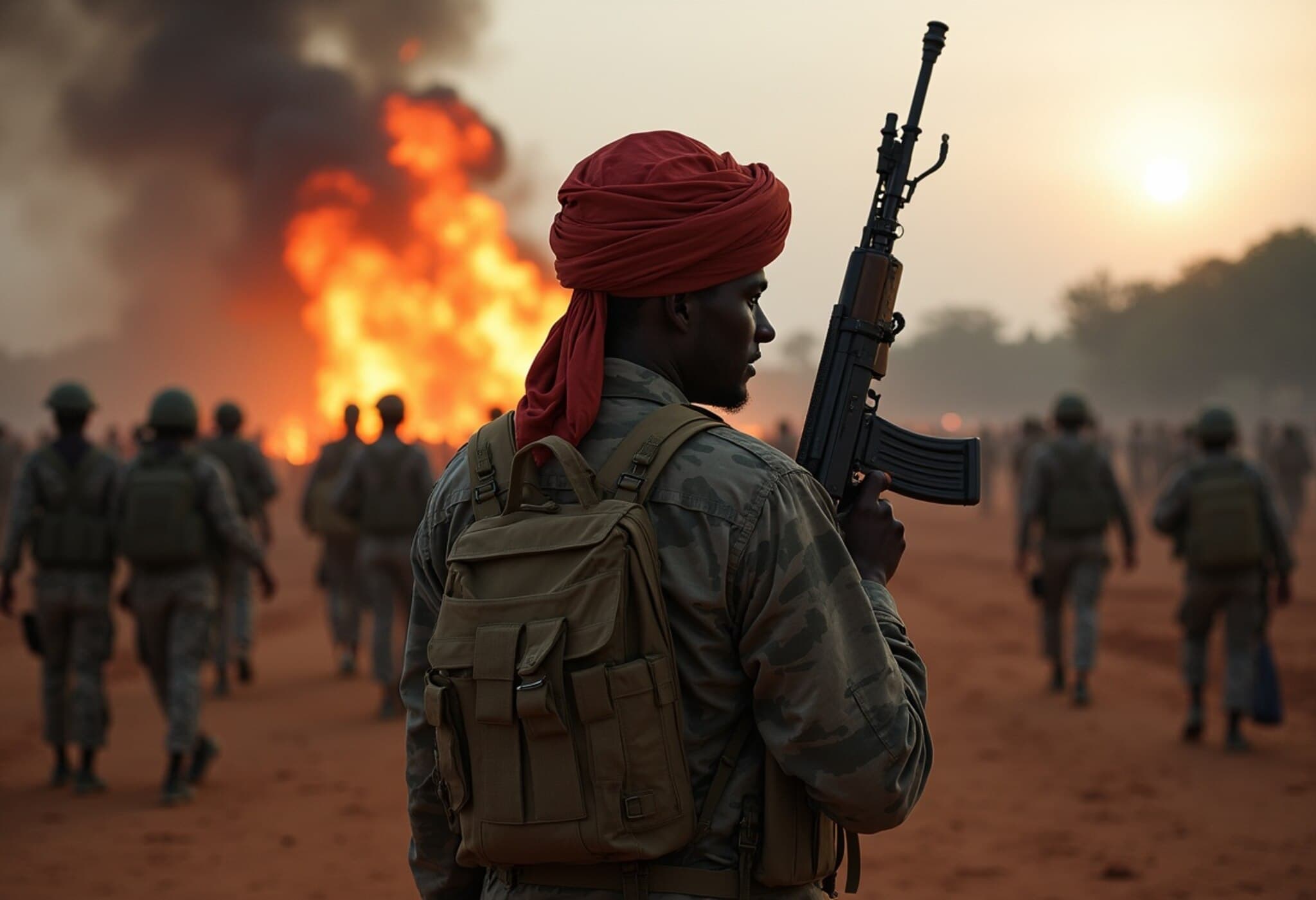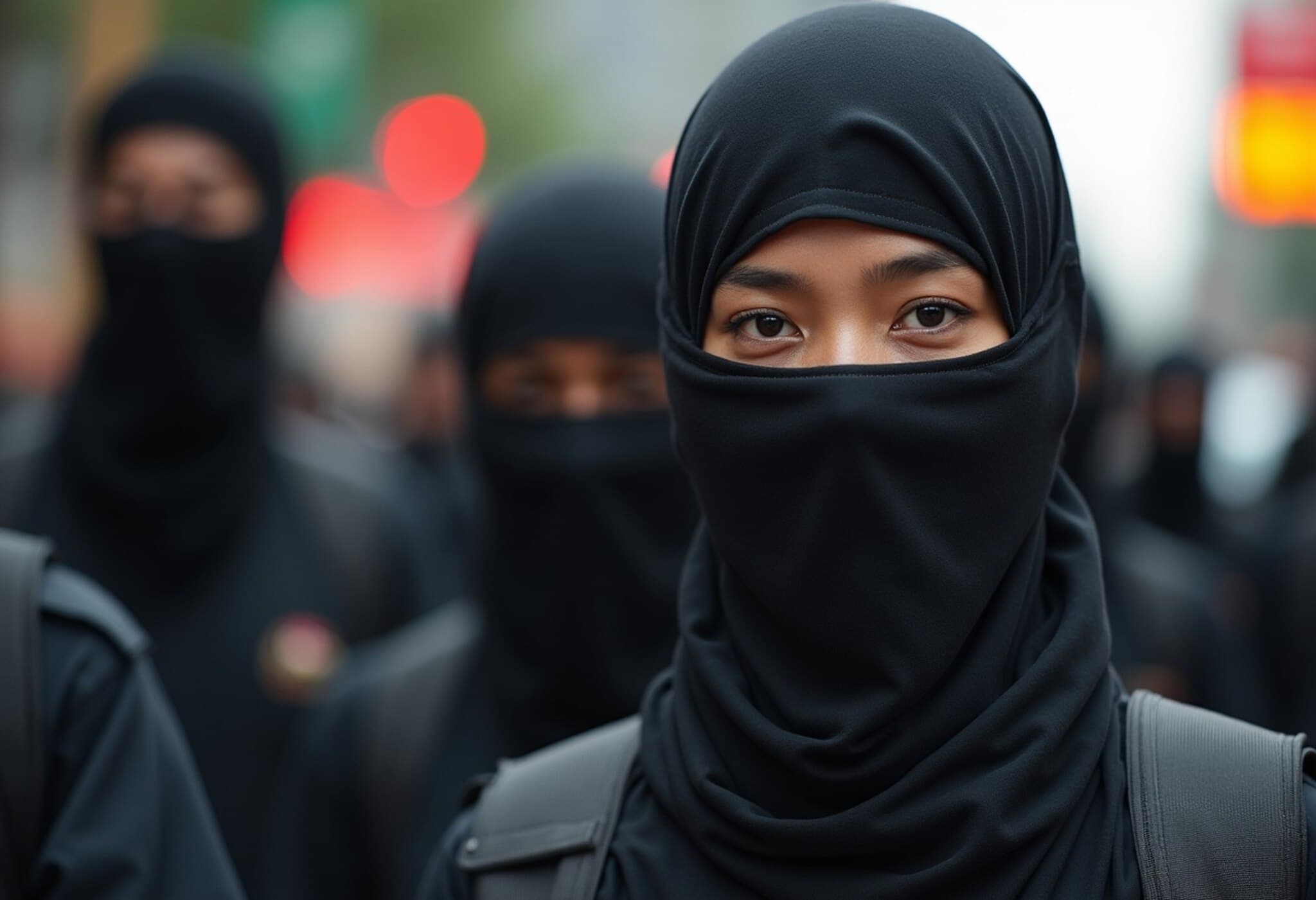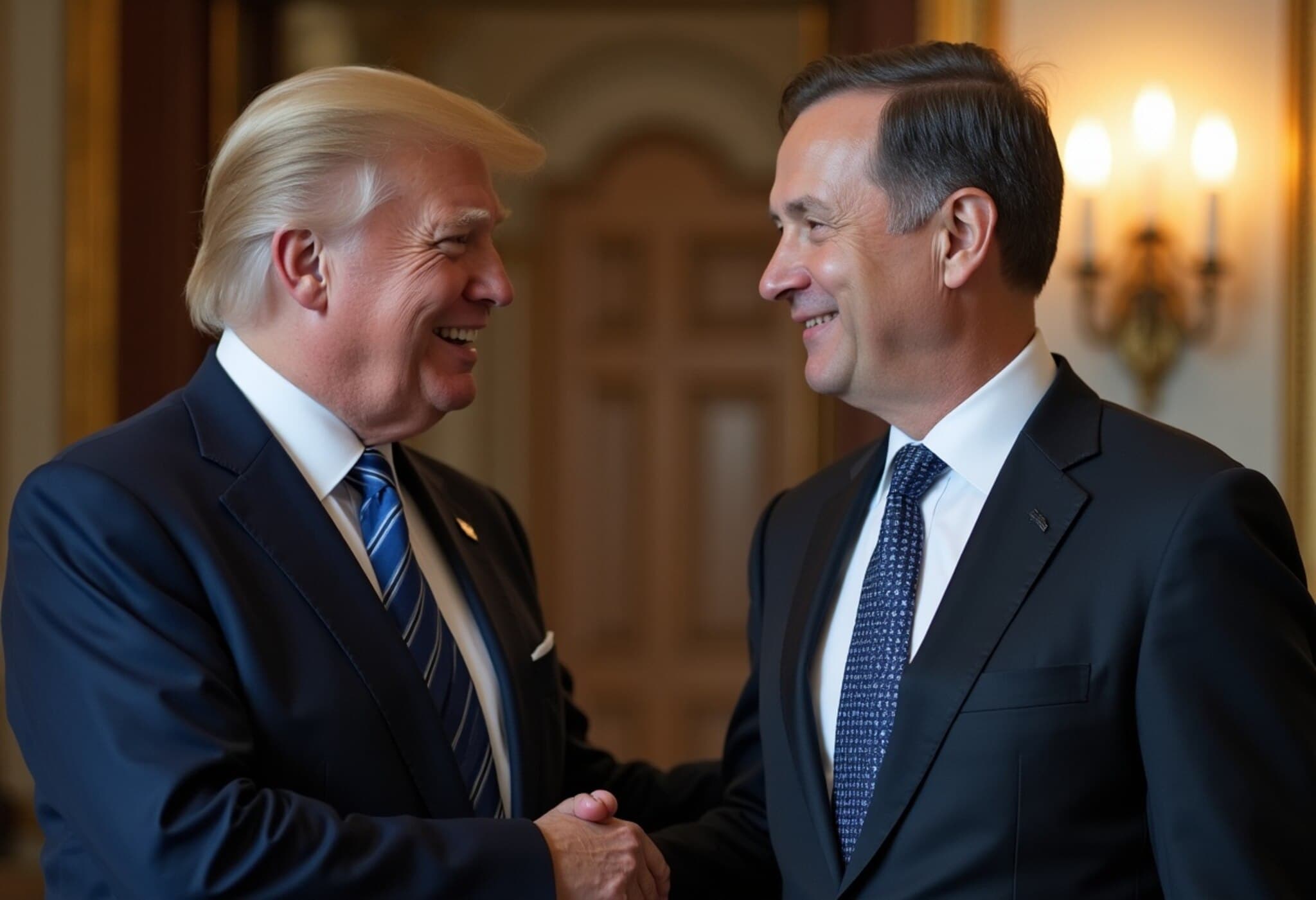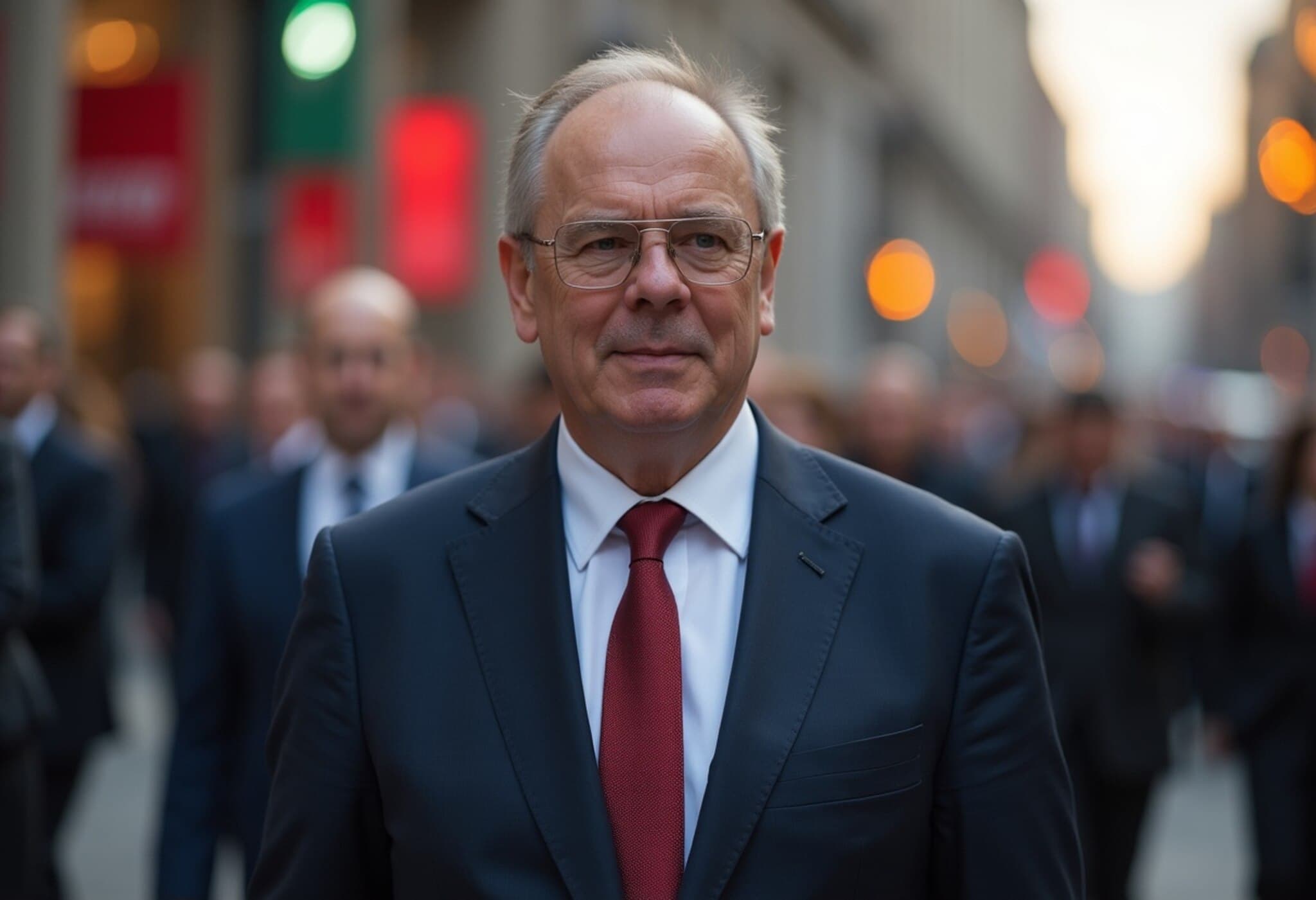Unearthing Horrors: Iraq Begins Excavation at Mosul Mass Grave Site
In a somber effort to confront one of the darkest chapters in recent Iraqi history, authorities have begun excavation at a large suspected mass grave site near Mosul. Known locally as Khasfa, this vast sinkhole has been identified as likely the largest resting place for victims of the Islamic State’s brutal reign across northern Iraq.
The Site and Its Significance
Khasfa lies just outside Mosul, the city once heralded by IS as the capital of their self-declared caliphate from 2014 to 2017. Excavation work started on August 10 under the guidance of project lead Ahmed al-Assadi. Early phases focus on surface-level digs, carefully methodical because the site holds grim fragments of a terror-stricken past—human skulls and bones occasionally visible beneath shifting sands.
This site embodies more than just a gaping wound in the earth; it represents the silent testimony of thousands of lives violently snuffed out. According to estimates from a 2018 UN report and Iraqi officials, at least 4,000 bodies, including executed soldiers, local civilians, and predominantly Yazidi victims, have been buried there, with the possibility of many more still hidden.
Technical Challenges Complicate the Excavation
As the team undertakes the painstaking work, they face uniquely difficult conditions. The ground beneath Khasfa contains sulphur-laced underground water, which renders the soil extremely soft, unstable, and dangerous to excavate. This not only complicates the physical process but may also have degraded remains over time, creating significant hurdles for forensic teams trying to collect DNA evidence and deliver the closure that families desperately seek.
Khasfa itself is an imposing chasm carved roughly 150 meters deep and stretching 110 meters across. Authorities plan to conduct thorough geological and archaeological assessments before attempting to dig deeper, prioritizing safety and preservation.
Historical Context: The IS Atrocities and Beyond
The site holds a particularly dark history: in 2016 alone, IS militants reportedly executed as many as 280 individuals in a single day at Khasfa—many of them from Iraq’s interior ministry. This massacre stands as one of the most horrifying recorded under IS rule. Across Iraq and Syria, the jihadist group’s terror campaign from 2014 to 2017 was marked by mass killings, kidnappings, and unspeakable abuses.
Experts estimate that IS left behind more than 200 similar mass graves scattered throughout Iraq, potentially containing up to 12,000 bodies. The excavation at Khasfa is therefore part of a larger, ongoing effort by Iraq to document, investigate, and memorialize the victims of this violent era.
Moreover, these efforts unite with a broader reckoning process. Iraq continues to discover mass graves from previous periods, including those from the Saddam Hussein era, demonstrating the layered and tragic legacy of violence that the nation must confront.
Why This Matters — and What Lies Ahead
The excavation is more than an archaeological mission; it is a crucial act of justice and memory. Recovering remains offers victims’ families evidence needed for legal cases and opens doors for healing fragmented communities.
Yet challenges abound—from technical difficulties on site to the immense psychological weight carried by those engaged in this work. As Iraq perseveres, this project stands as a testament to the resilience of those fighting to uncover truth amid the rubble of terror.
Editor’s Note
The Khasfa excavation underscores a painful truth often overshadowed in global discourse: the enduring human cost of extremist violence and the long road to justice and reconciliation. Beyond the grim statistics, it raises vital questions about how post-conflict societies recover, memorialize victims, and prevent history from repeating itself. As Iraq navigates these complex challenges, international support—ranging from forensic expertise to humanitarian aid—remains critical to ensuring that the victims' voices, long silenced beneath the earth, are finally heard.

